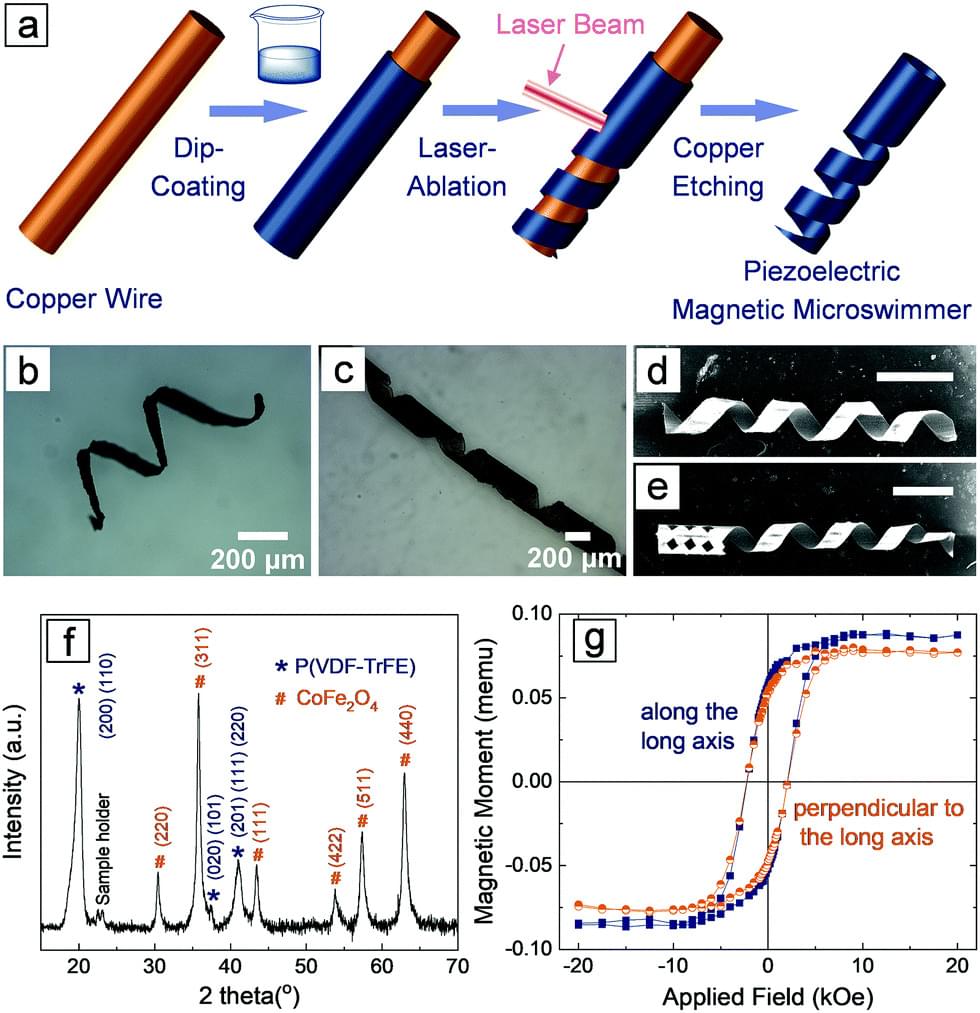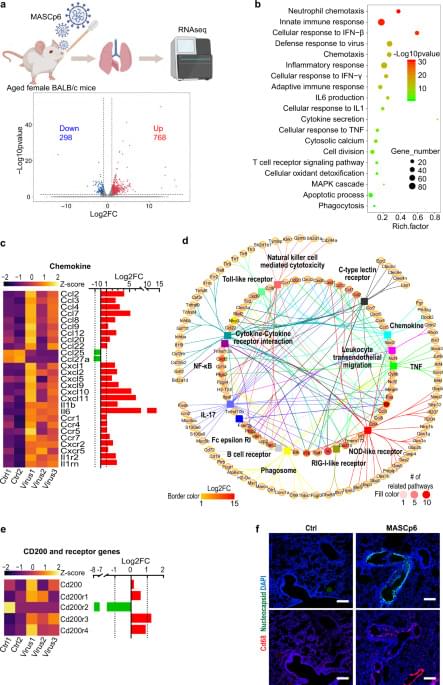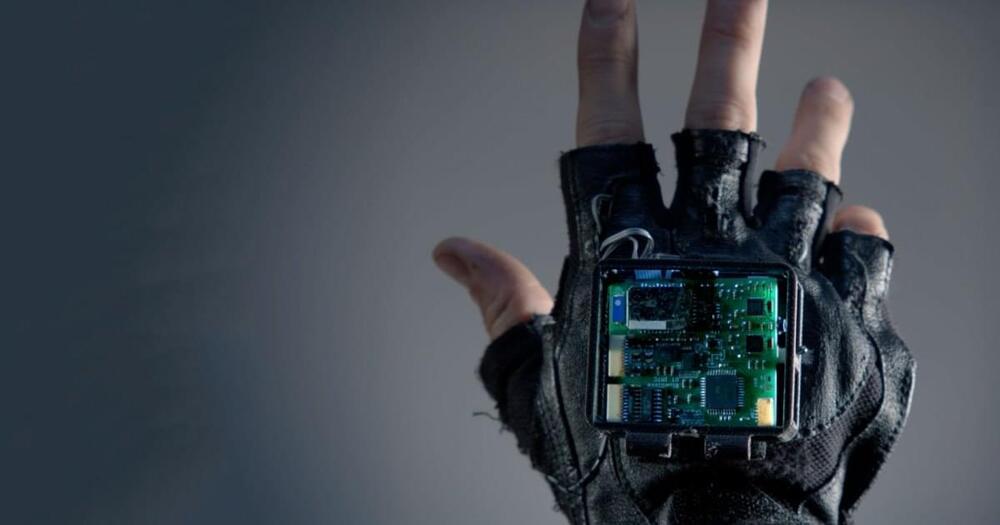Former Neuralink president Max Hodak’s new BCI startup relies on photonics to send light through a patient’s optic nerve and transmit information.
b Department of Polymer Science and Engineering and Key Laboratory of High Performance Polymer Materials and Technology of MOE, School of Chemistry and Chemical Engineering, Nanjing University, Nanjing 210,023, China.
c Institute of Chemical and Bioengineering, ETH Zurich, Vladimir Prelog Weg 1, 8093 Zurich, Switzerland.
Received 21st February 2019, Accepted 17th April 2019.
Chemists have created nanorobots propelled by magnets that remove pollutants from water. The invention could be scaled up to provide a sustainable and affordable way of cleaning up contaminated water in treatment plants.
Martin Pumera at the University of Chemistry and Technology, Prague, in the Czech Republic and his colleagues developed the nanorobots by using a temperature-sensitive polymer material and iron oxide. The polymer acts like tiny hands that can pick up and dispose of pollutants in the water, while the iron oxide makes the nanorobots magnetic. The researchers also added oxygen and hydrogen atoms to the iron oxide that can attach onto target pollutants.
The robots are about 200 nanometres wide and are powered by magnetic fields, which allow the team to control their movements.
Check out the on-demand sessions from the Low-Code/No-Code Summit to learn how to successfully innovate and achieve efficiency by upskilling and scaling citizen developers. Watch now.
A supercomputer, providing massive amounts of computing power to tackle complex challenges, is typically out of reach for the average enterprise data scientist. However, what if you could use cloud resources instead? That’s the rationale that Microsoft Azure and Nvidia are taking with this week’s announcement designed to coincide with the SC22 supercomputing conference.
Nvidia and Microsoft announced that they are building a “massive cloud AI computer.” The supercomputer in question, however, is not an individually-named system, like the Frontier system at the Oak Ridge National Laboratory or the Perlmutter system, which is the world’s fastest Artificial Intelligence (AI) supercomputer. Rather, the new AI supercomputer is a set of capabilities and services within Azure, powered by Nvidia technologies, for high performance computing (HPC) uses.
Artemis I Close Flyby of the Moon
Posted in space
Watch live as NASA’s Orion spacecraft performs a close approach of the lunar surface on its way to a distant retrograde orbit, a highly stable orbit thousand…
The global COVID-19 epidemic has spread rapidly around the world and caused the death of more than 5 million people. It is urgent to develop effective strategies to treat COVID-19 patients. Here, we revealed that SARS-CoV-2 infection resulted in the dysregulation of genes associated with NAD+ metabolism, immune response, and cell death in mice, similar to that in COVID-19 patients. We therefore investigated the effect of treatment with NAD+ and its intermediate (NMN) and found that the pneumonia phenotypes, including excessive inflammatory cell infiltration, hemolysis, and embolization in SARS-CoV-2-infected lungs were significantly rescued. Cell death was suppressed substantially by NAD+ and NMN supplementation. More strikingly, NMN supplementation can protect 30% of aged mice infected with the lethal mouse-adapted SARS-CoV-2 from death.
Algorithms that create art, text, and code are spreading fast—but legal challenges could throw a wrench in the works.
Laser weapons cut costs, simplify logistics, and eliminate the possibility of running out of ammo. They’re also really cool.
Using these passive haptic learning gloves for playing the piano, researchers are helping TBI victims re-learn critical skills.
The Spanish police will be able to recognize criminals with artificial intelligence.
El programa ABIS es capaz de identificar a personas a partir de una imagen y ayuda a la policía a abrir nuevas vías de investigación gracias a la inteligencia artificial a pesar de ser controversial en muchos casos.









